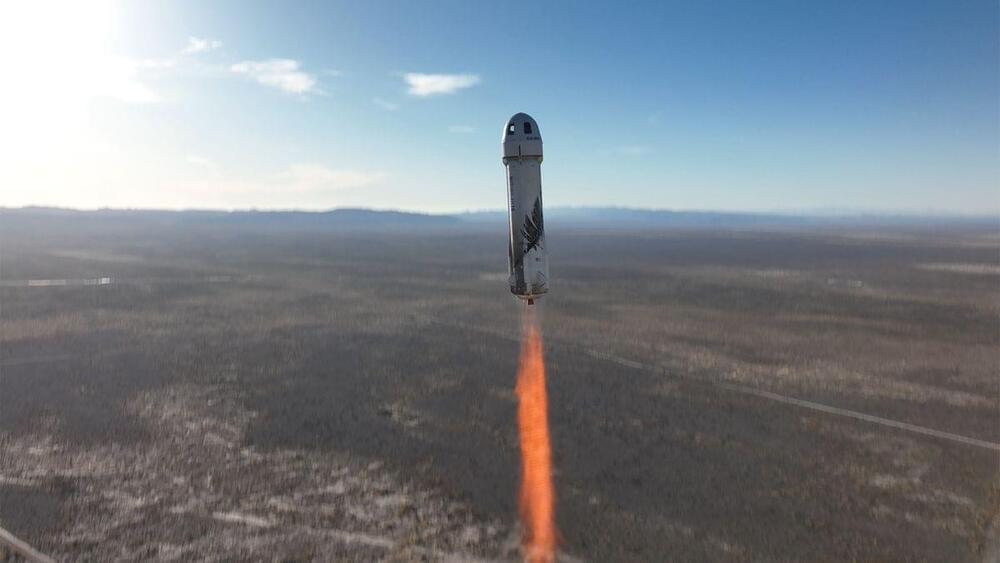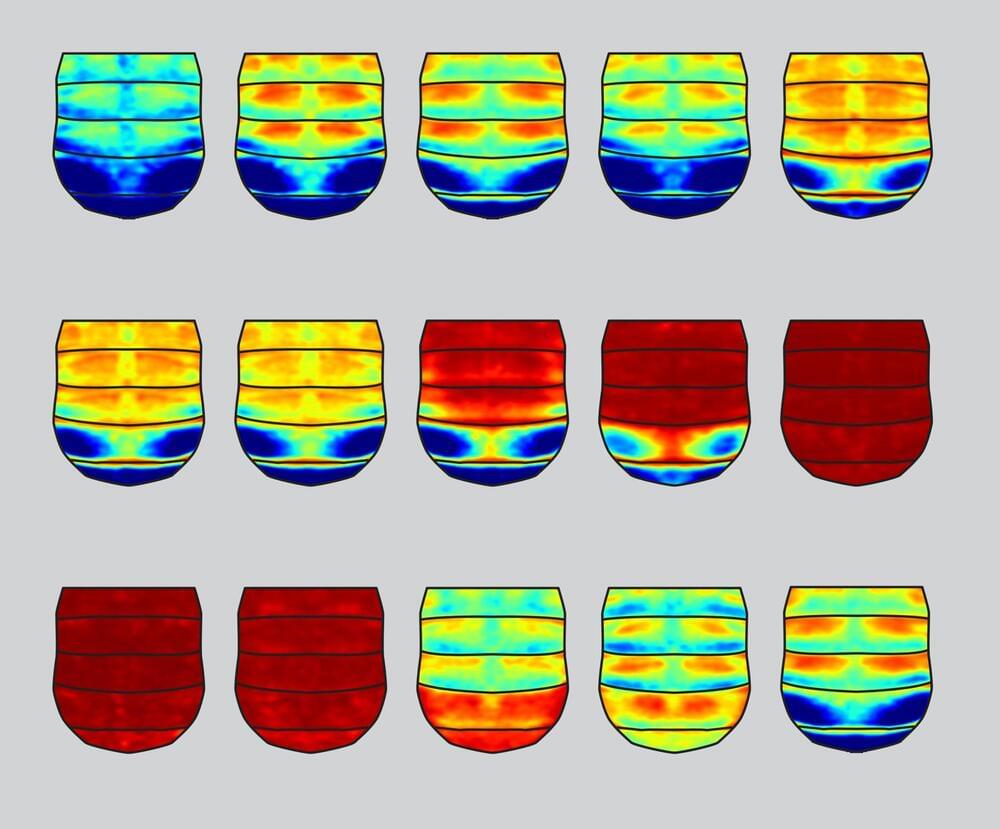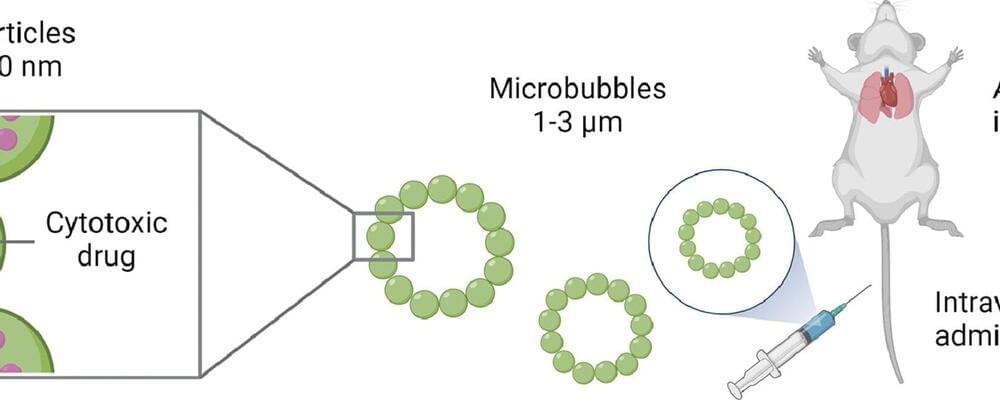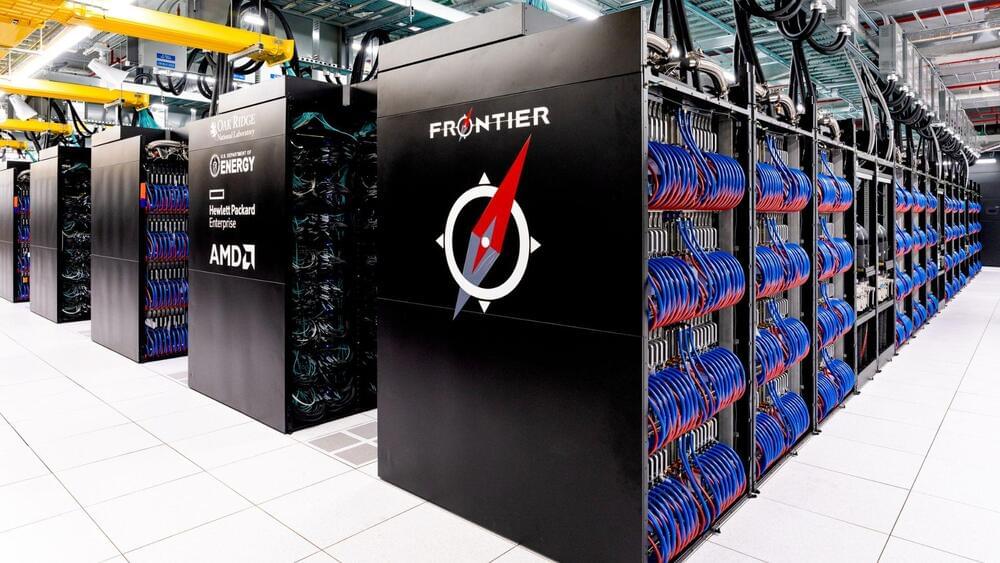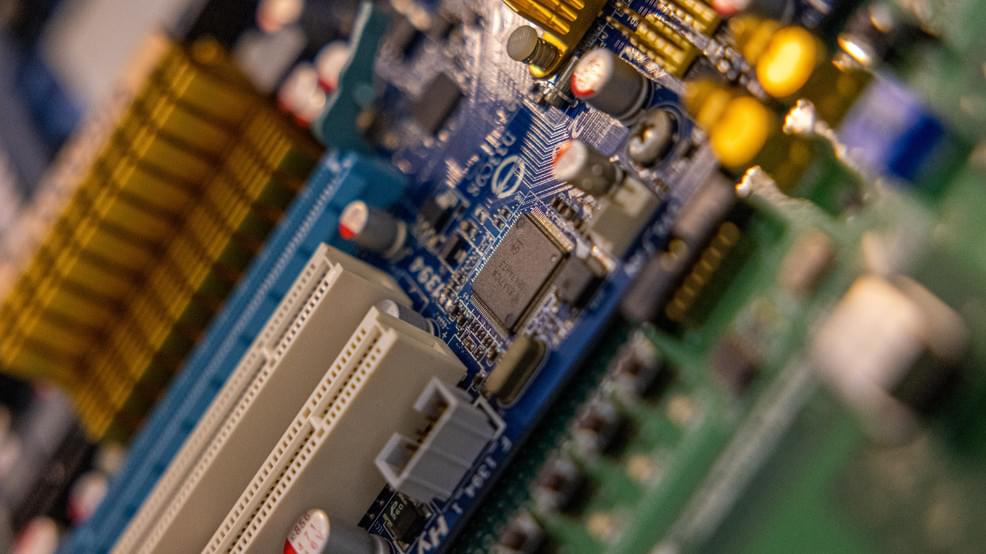Alexander Britkin is the CEO of NFWare.
Digital transformation is accelerating at an unprecedented rate—and the telecommunications industry must evolve rapidly to meet demands for connectivity and performance. Telecom operators need to keep pace with network infrastructure developments to remain competitive and continue meeting customers’ short-and long-term needs. The following six trends are shaping the future of network infrastructure for telecom operators.
In less than 50 years, the internet has experienced explosive growth, far beyond the expectations of its creators. The internet’s original architecture, built in the 1970s, assigned each connected device a unique 32-bit number—an IPv4 (internet protocol version 4) address—to exchange information with other online devices. The initial bank of available IPv4 addresses totaled around 4.2 billion, which seemed substantial at the time, but demand has already greatly exceeded supply.

